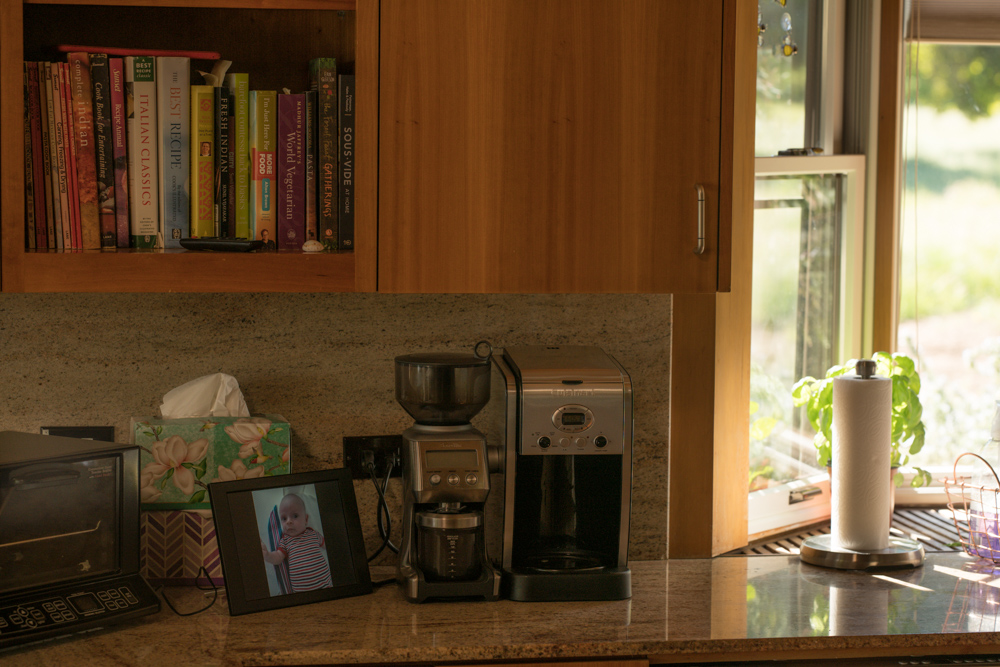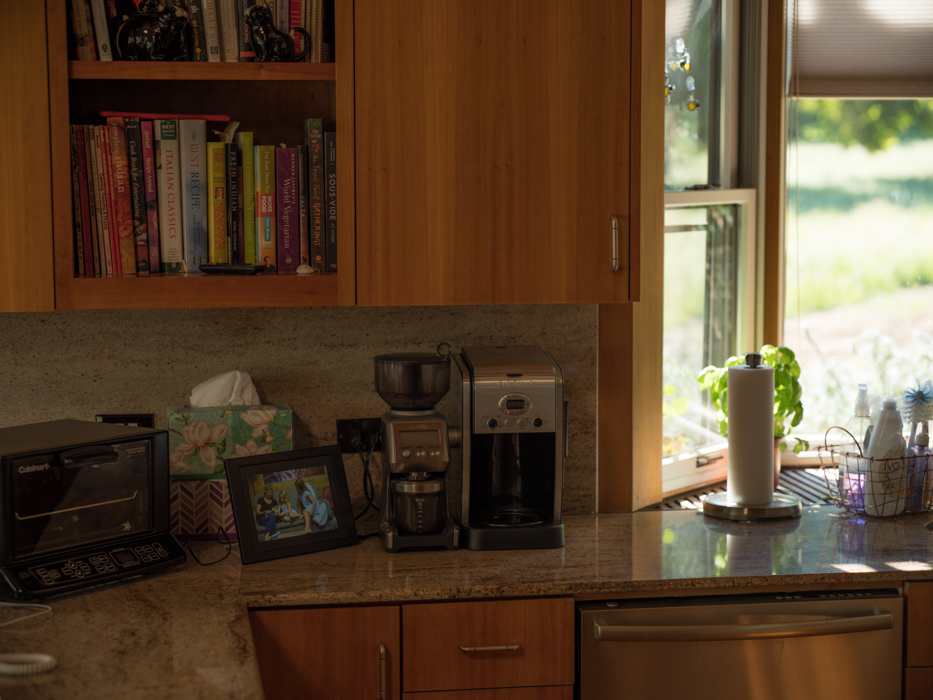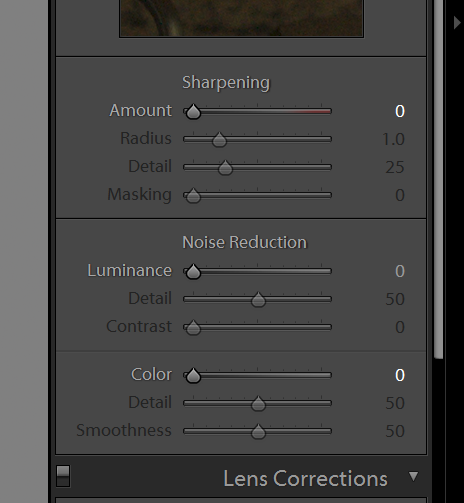This is the seventeenth in a series of posts on the Fujifilm GFX-50S. The series starts here. You should be able to find all the posts about that camera in the Category List on the right sidebar, below the Articles widget. There’s a drop-down menu there that you can use to get to all the posts in this series; just look for “GFX 50S”.
I’ve been asked to do a visual comparison of the shadow noise among three high-resolution cameras: the Nikon D810, the Sony alpha 7R Mark II, and the Fujifilm GFX-50S. I normally prefer to use numbers for the assessment of shadow noise, for the following reasons:
- Shadow noise can be measured directly from raw files, without the need for a raw developer, which introduces an uncontroled vairable
- Statistical measurements yield quantitative results, and visual test analysis is qualitative
- It’s difficult-to-impossible to keep lens flare from influencing the results.
- Adapters can introduce flare, too.
Nevertheless, I am pressing ahead. I’m dealing with the third issue by using the same lens on all three cameras: the low-flare Zeiss Otus 55 mm f/1.4 ZF.2.
All images were made from about the same spot. I did have to go back and reshoot the GFX images when I discovered that the original shots were overexposed because of differences in the GFX histogram from those on the other two cameras, and thus the camera position was slightly different. I made exposures at base ISO for all three cameras, and at ISO 640. I chose that ISO because that is the lowest ISO setting at which the Sony a7RII enjoys the benefits of increased conversion gain. The other two cameras do not change conversion gain as a function of ISO setting. The Otus was set to f/4. The D810 shots were at 1/80 and 1/800 second for ISO 64 and 640, respectively. The ISO 100 Fuji and Sony shots were at 1/125. The Sony ISO 640 shot was at 1/800 second. With the GFX, the manual shutter speeds are selectable via the dial in whole-stop intervals, and I had not discovered the true function of the T setting, so I picked 1/1000 as the closest shutter speed for the ISO 640 shot. This resulted in a darker image than the others. This is just one of the reasons why I don’t like this test. The high road would be to bracket all the shots and use fast Raw Viewer or RawDigger to pick the ones that are perfectly ETTR. Mea Culpa. You can get an idea from this test anyway, and the main point — which I’ll get to, is unaffected by the exposure discrepancies.
All six shots with Lightroom defaults except Daylight white balance, and these adjustments to sharpening and noise removal:






Adding +100 shadow boost and a +1 stop Exposure boost:






Zooming in to about 150% for the GFX image and the magnification that would give you the same height print for the other two cameras:



Let’s stop right here and note that, even with those extreme moves in post, all the cameras yield clean shadows. And don’t forget that I turned off the Lr noise reduction. There is not a loser here, and that is the important lesson of this test.
Let’s also note what the more-trustworthy Claff PDF numbers are:
I commend Bill Claff’s web site to your attention. Follow the link above, and poke around; there’s a lot there.
Bill’s numbers show the GFX the winner by a nose at base ISO, and essentially tied with the a7RII at ISO 640. If you look below, I think you’ll see that the numbers and the visual test results are congruent.
Note that the base ISO differences among all three cameras in Bill’s numbers amount to about half a stop of photograhic dynamic range. That’s not a lot of difference.



As expected, the D810 is the worst here. It was probably the second best in the first one, but the differences were too small to see. The GFX looks really good, but it’s that just because it’s darker? Let’s give it a +1/3 stop exposure boost in Lr and see what it looks like:

I think the GFX does very well in this test. I also think the differences, except perhaps in the case of the ISO 640 D810 image, are not important. Don’t forget that the noise reduction in Lr was defeated.


What did we learn today ?
Jim treasures his coffee like a connoisseur. Freshly ground beans right before brewing.
I switch between Illy medium and Jacobs Kronung.
Seems dependent on whether last trip to Europe was to Italy or Germany.